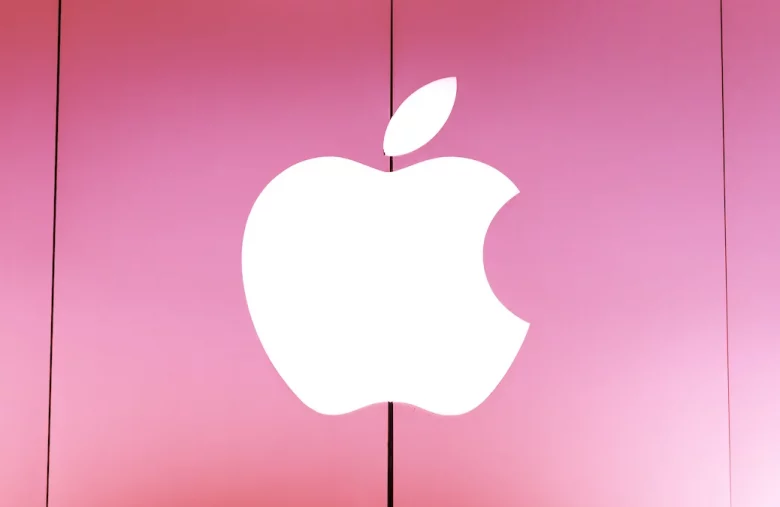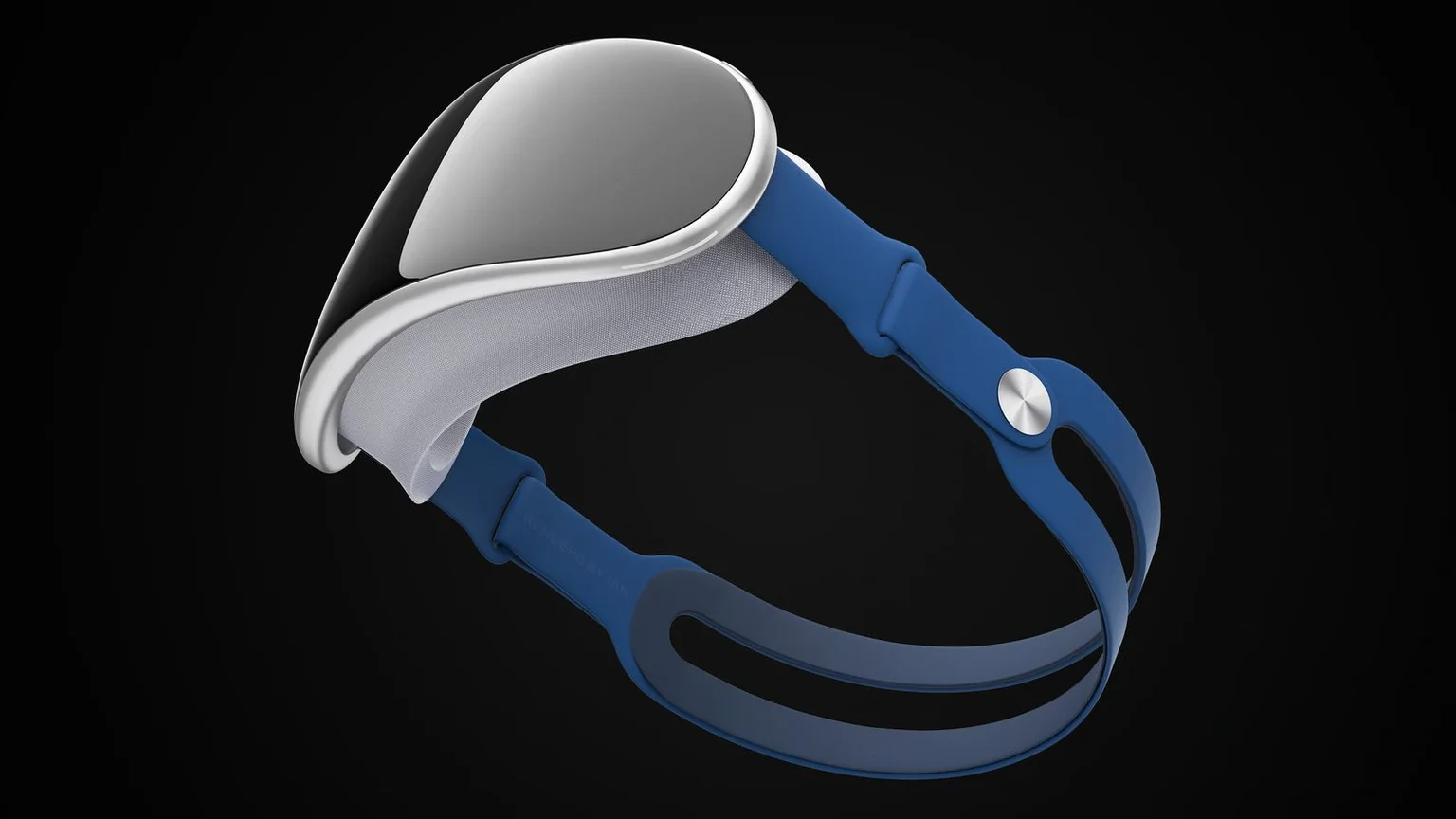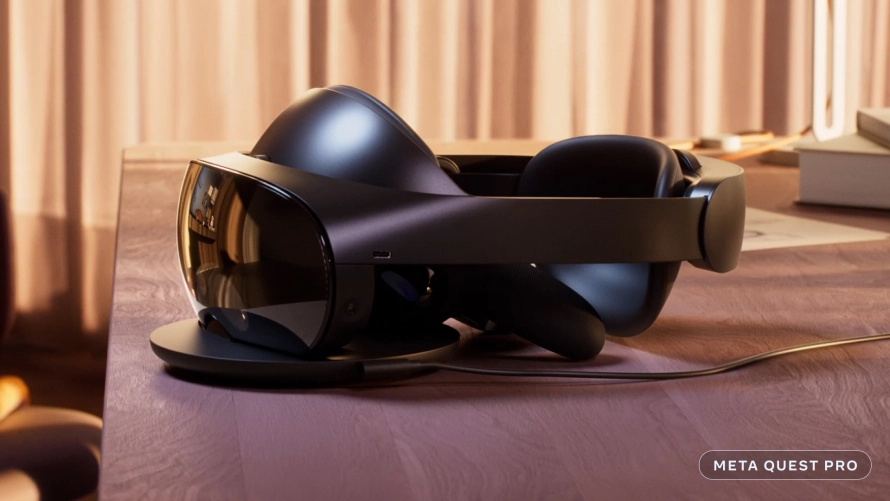Apple and the Metaverse: Everything We Know So Far

Apple’s mixed reality headset is reportedly on the horizon, but will its immersive vision tie into the Web3 metaverse?
Tech giants see huge opportunity in the metaverse—the name given to a future, more immersive vision of the internet with potential real-world ties. Facebook parent Meta has bet big on the prospect, as its rebrand suggests, while Microsoft has both teamed with Meta and acquired a major game publisher as it builds momentum in the space.
What about Apple?
The iPhone and Mac maker has famously taken a unique approach to hardware and software design, even incorporating that “Think Different” ethos into its marketing. As the metaverse takes shape through new hardware and online worlds—some of which will be built with interoperable Web3 tech like NFTs—Apple may again take its own path.
Reports suggest that Apple will begin its entry into the metaverse with a pricey headset that bridges the gap between virtual environments and digitally enhanced real-world use. Can Apple take the metaverse mainstream as it has with so many past gadgets? Here’s what we know so far.
What is Apple building?
Apple’s augmented reality (AR) ambitions have been tracked by tech media for years as the firm reportedly has been building in that direction since 2015. The latest reports suggest that Apple will begin with a high-end mixed reality headset that offers both virtual reality (VR) and AR functionality, with ambitions to release other AR-specific hardware further in the future.
Bloomberg reports that Apple’s first headset is expected sometime in 2023 and may be called the Reality One or Reality Pro, based on trademark filings believed to be tied to Apple. It’s expected to be a premium device that will sell for upwards of $3,000—although noted Apple analyst Ming-Chi Kuo has pegged a price in the $2,000-$2,500 range.

In either case, it would be a notable increase over Meta’s new Quest Pro mixed reality headset, which sells for $1,500. Still, Meta’s headset offers a glimpse of the types of experiences that are possible with a mixed reality headset that can overlay digital content atop a user’s full-color, real world view—and the more lifelike interactions potentially enabled by the tech.
On one hand, it’s a fully-loaded VR headset that can access online social platforms (like Meta’s own Horizon Worlds) and play immersive games. On the other hand, mixed reality functions can be used for interacting with digital screens and models while still seeing the real world, or creating art and music with digital tools alongside physical collaborators.

Apple’s first headset will reportedly use a powerful M2 processor from the firm’s Macs and feature a wider array of cameras and sensors—including ones that can accurately recreate users’ leg movements, which Meta is still figuring out. The Information reports that retina scanners will enable biometric security for logging in, making payments, and more.
Other potential features mentioned in reports include an external screen to show the wearer’s facial expressions—a potential drain on battery life—plus custom, snap-on prescription lenses for glasses wearers to use. However, nothing has been confirmed by Apple at this point, and some reported features may not make the first device (or even later ones).
What about the metaverse?
The metaverse won’t be limited to VR and AR headsets. There are already early Web3 metaverse games and applications that live on computers and mobile devices, and that will likely continue to be the case as more metaverse platforms pop up and overlap with each other, creating a more immersive, experiential internet at scale.
But mixed reality headsets are considered a key stepping stone towards that future, and what many believe will be the best way to experience metaverse worlds. After all, such headsets can amplify immersion and more naturally capture the nuances and interactions of wearers, all while retaining a link to the real world—potentially the best of both scenarios.
Such hardware is useless without compelling software, however, and Apple knows well the need for a smooth marriage of the two. Apple is reportedly developing a RealityOS operating system, per Bloomberg, along with experiential versions of apps like Maps and FaceTime, as well as avenues to consume media and games and collaborate with other wearers.
Whether Apple’s vision for mixed reality experiences and immersive online interactions matches the efforts of other builders remains to be seen, but it’s very likely that Apple will not embrace the buzzy “metaverse” term itself. Apple always uses its own unique branding—and, besides, CEO Tim Cook says he’s not a fan of the word.



